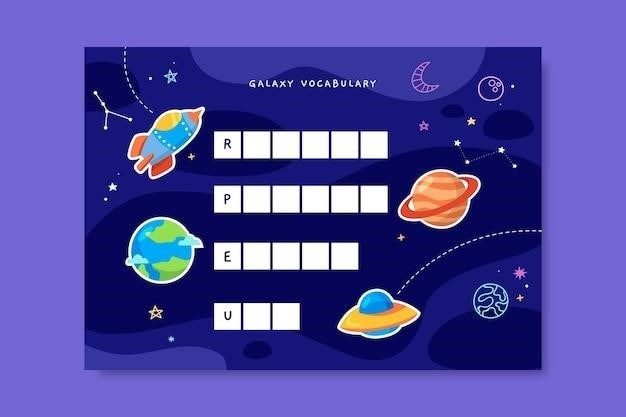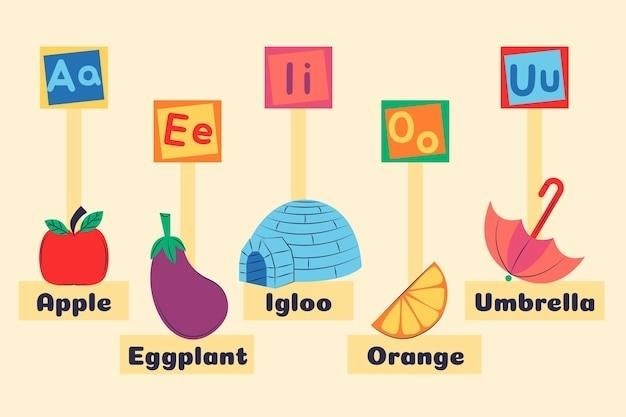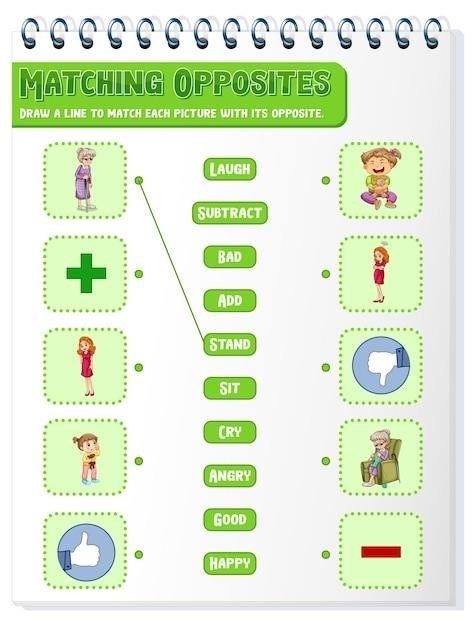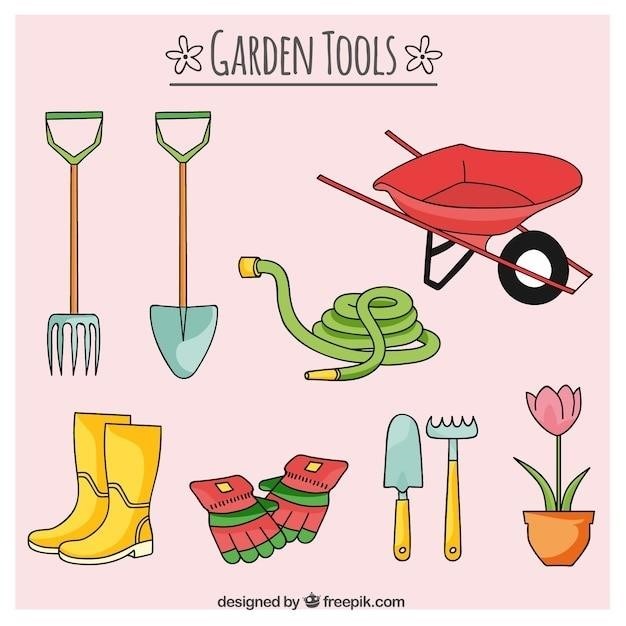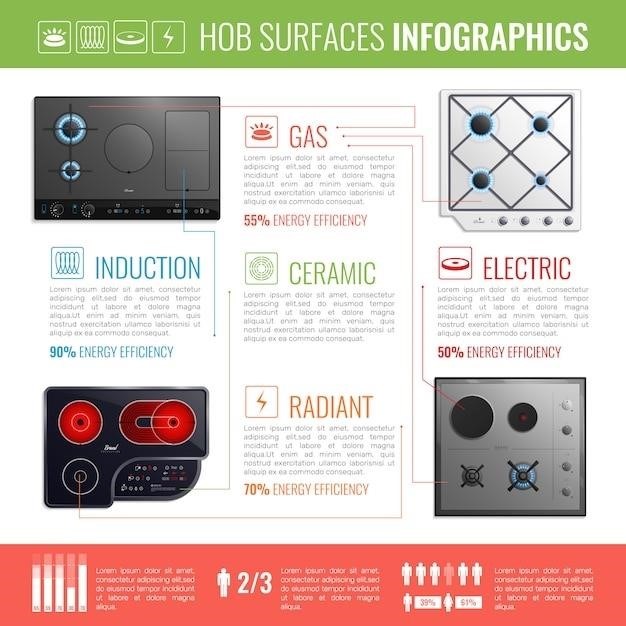NFPA 10⁚ Standard for Portable Fire Extinguishers
The NFPA 10 Standard for Portable Fire Extinguishers is a crucial document for fire safety professionals. It provides comprehensive guidelines on selection‚ installation‚ maintenance‚ and usage of portable fire extinguishers. Various editions exist‚ reflecting updates in technology and best practices. Access the PDF online or through official NFPA channels.
Accessing the NFPA 10 PDF
Accessing the official NFPA 10 PDF requires navigating to the National Fire Protection Association’s (NFPA) website. Direct purchase is usually necessary; free access is limited. The NFPA website offers a search function to locate the standard easily. Once found‚ you’ll likely encounter options for purchasing a digital download‚ often in PDF format. Consider the edition carefully; older versions might not reflect current safety regulations. The download process usually involves creating an account or logging into an existing one and completing the purchase. After successful payment‚ you’ll receive a link or access to download the PDF to your computer. Remember to check for updated versions periodically to ensure compliance with the latest safety standards. Third-party websites offering free downloads should be approached cautiously‚ as they might not offer the authentic and legally compliant version of the NFPA 10 standard.
Downloading the Standard
Downloading the NFPA 10 standard typically involves a straightforward process after purchasing access through the official NFPA website. Once payment is confirmed‚ you’ll usually receive a link to download the document directly. The file will likely be a PDF‚ allowing for easy viewing and printing. The download size might be substantial‚ depending on the edition and any included supplementary materials. Ensure you have sufficient storage space on your computer before initiating the download. Check your download folder or the location specified during the download process to locate the file once the transfer is complete. After downloading‚ it’s recommended to verify the file integrity by checking its size and comparing it against the information provided by the NFPA. Save the PDF in an easily accessible location for future reference. Consider creating a dedicated folder for fire safety documents to keep your files organized. Remember that unauthorized distribution or sharing of the downloaded document may violate copyright laws.
NFPA 10 Editions and Updates
The NFPA 10 standard undergoes periodic revisions to incorporate advancements in fire suppression technology‚ safety procedures‚ and industry best practices. New editions are released to address evolving fire hazards and reflect feedback from experts and stakeholders in the field. These updates may include changes to extinguisher types‚ maintenance schedules‚ or inspection protocols. To ensure compliance and access the most current safety information‚ it is essential to utilize the latest edition of NFPA 10. Older editions may not reflect the newest standards and could inadvertently compromise safety. The NFPA website provides a comprehensive history of previous editions and details the changes introduced in each update. Staying informed about these updates is critical for anyone responsible for the selection‚ installation‚ or maintenance of portable fire extinguishers. Regularly checking the NFPA website or subscribing to their notifications ensures access to the latest version and vital safety information.
Licensing and Usage Rights
Accessing and utilizing NFPA 10 PDFs requires understanding the associated licensing and usage rights. NFPA standards‚ including NFPA 10‚ are copyrighted documents. Downloading and using these documents is typically governed by a license agreement‚ often specifying permitted uses. This license might restrict distribution‚ reproduction‚ or modification of the content without explicit permission. While some limited personal or educational use might be allowed‚ commercial applications or widespread distribution usually require purchasing a license from the NFPA directly. Violation of these usage rights can lead to legal repercussions. The specific terms of the license are usually detailed within the downloaded PDF itself or on the NFPA’s website where the document is obtained. Always review these terms before using or sharing the content to ensure compliance. For detailed information on licensing options or clarification on usage rights‚ it’s best to consult the official NFPA website or contact their customer support.

Understanding NFPA 10 Content
The NFPA 10 Standard is a comprehensive document‚ not a quick read. It’s structured to provide detailed guidance on all aspects of portable fire extinguisher management. Expect sections covering extinguisher types‚ classifications (based on fire classes A‚ B‚ C‚ D‚ and K)‚ and their appropriate applications. The standard delves into the specifics of extinguisher selection‚ considering factors like fire hazards present‚ occupancy type‚ and available resources. It also details the proper installation procedures‚ ensuring extinguishers are readily accessible and strategically placed for effective use. Regular inspection‚ testing‚ maintenance‚ and hydrostatic testing are thoroughly addressed‚ outlining procedures for ensuring extinguisher functionality and safety. Furthermore‚ NFPA 10 will cover training requirements for personnel responsible for extinguisher use and maintenance‚ highlighting the importance of proper handling and operational knowledge. Understanding this document’s detailed‚ technical nature is key to its effective application in real-world fire safety scenarios;

Applications and Use Cases of NFPA 10
NFPA 10’s applications are broad‚ impacting various sectors. From selecting the right extinguisher for a home to equipping large industrial facilities‚ the standard provides the necessary guidelines for effective fire safety planning and execution. It ensures compliance and promotes life safety.
Selection and Purchasing of Fire Extinguishers
NFPA 10 offers detailed guidance on selecting appropriate portable fire extinguishers. The process involves careful consideration of several factors‚ including the types of fire hazards present (Class A‚ B‚ C‚ D‚ K)‚ the size of the area to be protected‚ and the extinguisher’s capacity and agent type. Understanding the fire risks is paramount before making any purchasing decisions. The standard emphasizes choosing extinguishers with appropriate ratings and ensuring they meet the required safety standards. Proper selection prevents the purchase of inadequate or inappropriate fire suppression equipment. Furthermore‚ NFPA 10 provides insights into the evaluation of different manufacturers and models‚ assisting buyers in making informed choices based on quality‚ reliability‚ and compliance with relevant regulations. This section of the standard ensures that fire safety measures are effective and reliable‚ minimizing potential risks and promoting workplace safety.
Installation and Maintenance
NFPA 10 details the critical aspects of installing and maintaining portable fire extinguishers to ensure their readiness and effectiveness in emergencies. Proper installation involves strategically placing extinguishers in easily accessible locations‚ clearly visible and free from obstructions. The standard provides specific guidelines on mounting heights and distances from potential hazards. Regular maintenance is equally crucial and includes visual inspections for damage‚ corrosion‚ or leaks. These inspections should be performed at frequencies specified in NFPA 10‚ and detailed records must be kept. Beyond visual checks‚ the standard outlines procedures for hydrostatic testing‚ a crucial process for evaluating the structural integrity of the extinguisher cylinder. Furthermore‚ NFPA 10 addresses the proper handling and storage of extinguishing agents‚ emphasizing safety precautions to prevent accidental discharge or degradation of the extinguishing agent’s effectiveness. Adherence to these guidelines ensures that fire extinguishers remain reliable tools‚ ready to combat fires when needed‚ thereby enhancing overall fire safety.
Wheeled Fire Extinguishers
While NFPA 10 primarily focuses on portable fire extinguishers‚ the standard indirectly addresses larger capacity wheeled units often used in industrial settings. These extinguishers‚ due to their size and weight‚ require specialized handling and maintenance considerations not explicitly detailed within NFPA 10 itself but implied through the general principles of extinguisher care. The selection of a wheeled extinguisher is dependent on the specific hazards present and the area to be protected. Factors such as the type of fire hazard (Class A‚ B‚ C‚ D‚ K)‚ the size of the area‚ and the potential fire load all influence the choice of extinguisher capacity and agent type. Installation of wheeled units necessitates consideration of accessibility‚ maneuverability‚ and proximity to potential fire sources. Regular maintenance includes checking the wheels‚ hoses‚ and the extinguisher itself for any signs of damage or malfunction. Unlike smaller portable units‚ these larger extinguishers often require more specialized maintenance‚ potentially necessitating professional servicing to ensure functionality. The emphasis on regular inspections‚ appropriate storage‚ and prompt repair or replacement of any faulty components remains paramount for these larger fire suppression systems.
Specific Industry Applications
NFPA 10’s broad scope extends to various industries‚ each with unique fire risks necessitating tailored extinguisher selection and deployment strategies. Refineries and chemical plants‚ for example‚ often require specialized extinguishers for Class B (flammable liquids) and Class D (combustible metals) fires‚ reflecting their inherent hazards. Similarly‚ construction sites‚ with their abundant combustible materials‚ need a robust fire protection plan incorporating numerous extinguishers strategically placed throughout the site. Laboratories‚ dealing with potentially volatile chemicals‚ demand extinguishers appropriate for the specific chemical hazards present‚ and potentially additional safety measures such as specialized containment systems. The food processing industry may utilize extinguishers suitable for Class K fires‚ involving cooking oils and fats. Hospitals and healthcare facilities must ensure extinguishers are readily accessible and appropriate for the diverse range of potential fire hazards‚ including those involving electrical equipment and flammable medical supplies. The specific requirements for extinguisher types‚ placement‚ and maintenance within these industries are not explicitly outlined in NFPA 10 but are strongly implied. A thorough risk assessment‚ tailored to the specific hazards of each industry‚ is crucial for effective fire safety.
NFPA 10 and Related Standards
NFPA 10‚ while comprehensive‚ interacts with other NFPA standards to create a holistic fire safety framework. Understanding these connections is vital for complete compliance. For instance‚ NFPA 10 interacts closely with standards addressing fire detection and alarm systems‚ ensuring that extinguisher placement aligns with effective early warning mechanisms. The selection and installation of fire suppression systems‚ covered by other NFPA standards‚ must also be coordinated with the placement and type of portable extinguishers specified by NFPA 10. Furthermore‚ standards on fire safety training and emergency response procedures influence the effectiveness of portable extinguishers. Proper training ensures that personnel are familiar with the use of the extinguishers‚ and emergency response plans need to incorporate the strategic placement and limitations of portable equipment. Regular inspection and maintenance‚ as detailed in NFPA 10‚ are crucial but are further contextualized within the larger framework of overall facility safety management‚ as addressed by additional NFPA codes and standards. Ignoring these interconnected standards compromises the overall effectiveness of a fire safety program and potentially reduces the efficacy of portable fire extinguishers.




